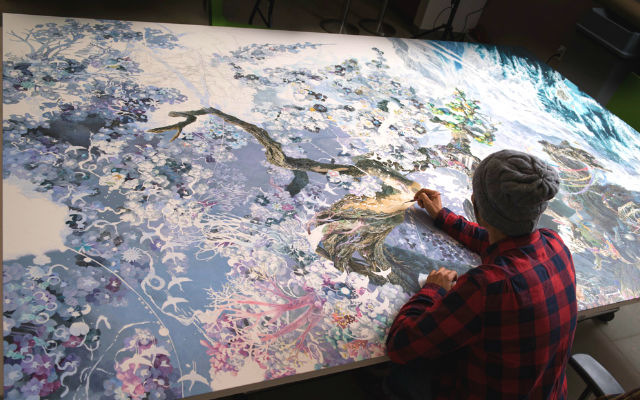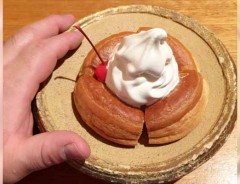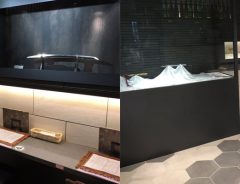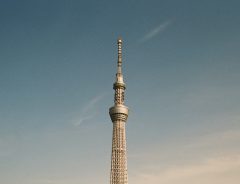
Source: Chazen Museum of Art
Japanese Artist Reveals Magnificent Pen & Ink Drawing 3.5 Years In The Making
- Source:
- Chazen Museum of Art / chazenartuw / Ikeda Manabu: Rebirth
Related Article
-

Vote For Your Favorite Design Of The First Ever Evangelion Kimono Series
-

“Fluffy cat shrine” turns your cat into a feline divinity
-

Ryuji The Shiba Inu’s Adorable Facial Expressions Are Making Him A Canine Instagram Celebrity
-

Sumo Wrestler’s Massive Hands Make All His Food Look Like Miniatures
-

New Katana Cafe In Tokyo Lets You Look At Awesome Swords While You Dine
-

Come celebrate 8 years of Tokyo Skytree this October


The amount of time and effort it takes to heal after a devastating disaster is immeasurable, and Japanese artist Manabu Ikeda poignantly depicted the entangled paths of the thousands of individuals striving to rebuild their lives after the 2011 Tohoku earthquake and tsunami in his recently completed masterpiece Rebirth. Using only pens to illustrate his enormous 13×10-foot artwork, he toiled 10 hours a day, 6 days a week, for 3.5 years before making his final stroke on his massive white canvas.
Ikeda began drawing Rebirth in 2013. From a distance, it looks like a brilliant tree standing tall amidst crashing waves of the tsunami, but with a closer look, it becomes evident that the larger image consists of a myriad of individual stories of those affected by the life-changing disaster, both human and of nature.
Ikeda, who works primarily with pen and acrylic ink, will be displaying Rebirth at the Chazen Museum of Art in Wisconsin for a brief period through December 11th, 2016. Visitors are invited to see this magnificent work of art up close, and behold the beauty of the seemingly chaotic elements that form the collective strength and courage of the Tohoku earthquake survivors.
Source: Chazen Museum of Art
Source: Chazen Museum of Art
Source: Chazen Museum of Art
Source: Chazen Museum of Art
Source: Chazen Museum of Art
Source: Chazen Museum of Art
Source: Chazen Museum of Art
Source: Chazen Museum of Art
Watch the process below: